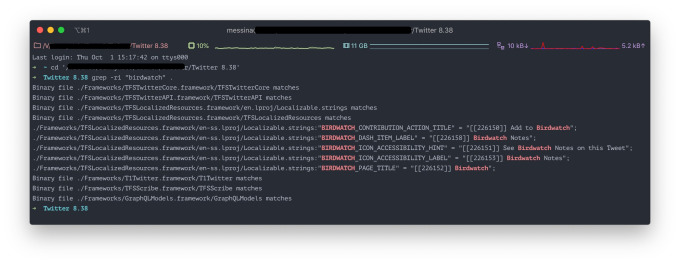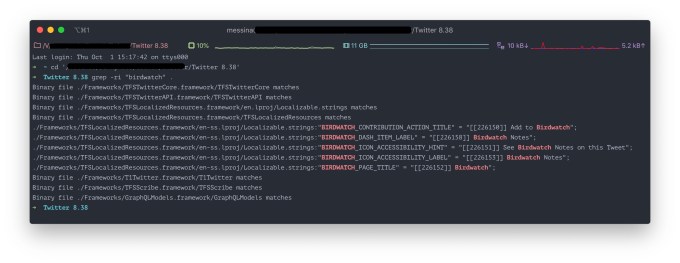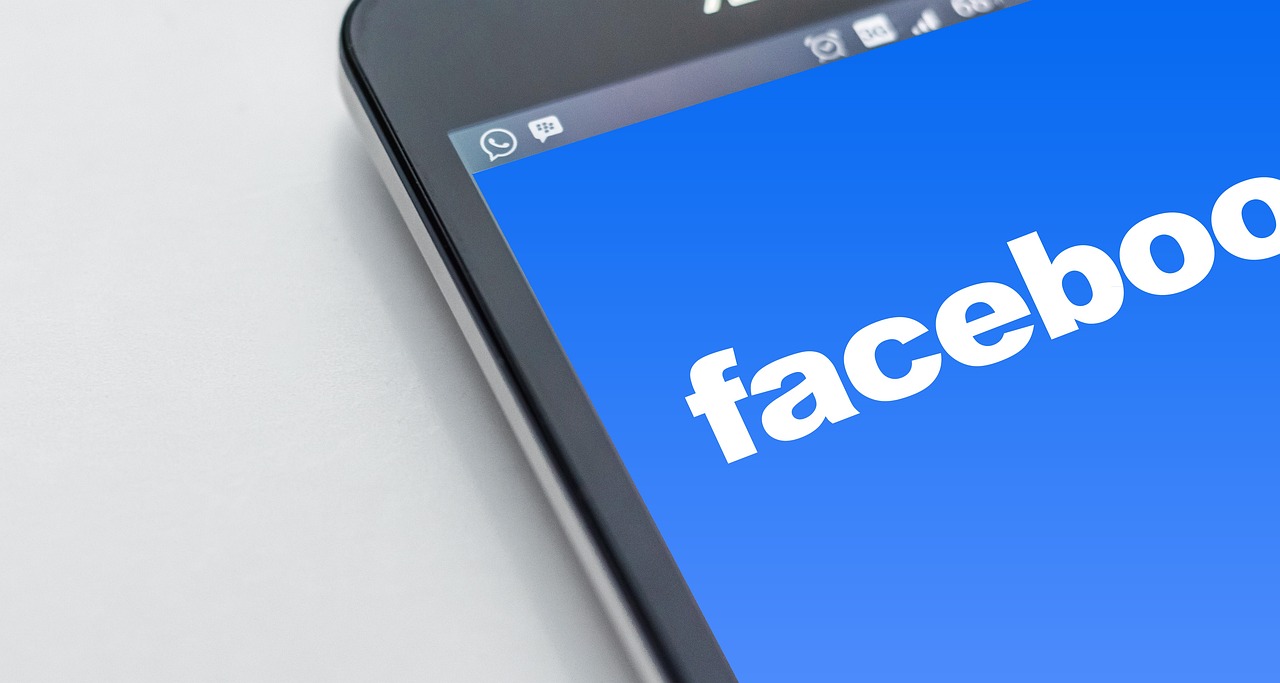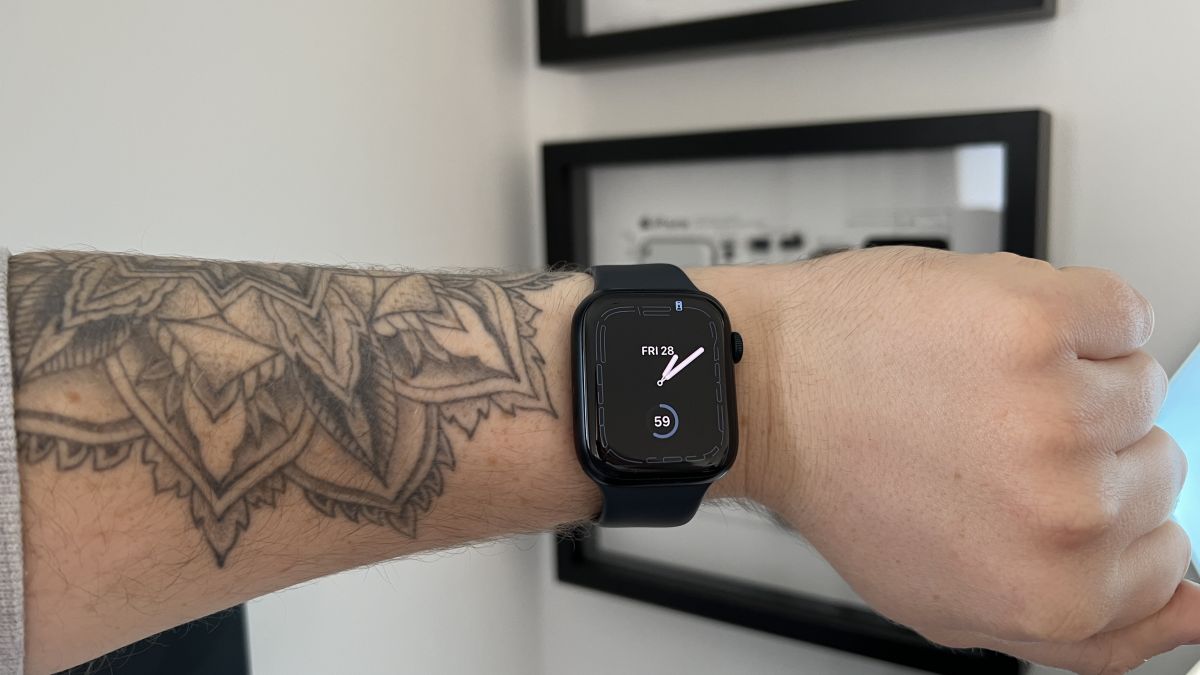The new app is called watchGPT and as I tipped off already, it gives you access to ChatGPT from your Apple Watch. Now the $10,000 question (or more accurately the $3.99 question, as that is the one-time cost of the app) is why having ChatGPT on your wrist is remotely necessary, so let’s dive into what exactly the app can do.
NEWS
Twitter is building ‘Birdwatch,’ a system to fight misinformation by adding more context to tweets

Twitter is developing a new product called “Birdwatch,” which the company confirms is an attempt at addressing misinformation across its platform by providing more context for tweets, in the form of notes. Tweets can be added to “Birdwatch” — meaning flagged for moderation — from the tweet’s drop-down menu, where other blocking and reporting tools are found today. A small binoculars icon will also appear on tweets published to the Twitter Timeline. When the button is clicked, users are directed to a screen where they can view the tweet’s history of notes.
Based on screenshots of Birdwatch unearthed through reverse engineering techniques, a new tab called “Birdwatch Notes” will be added to Twitter’s sidebar navigation, alongside other existing features like Lists, Topics, Bookmarks and Moments.
This section will allow you to keep track of your own contributions, aka your “Birdwatch Notes.”
The feature was first uncovered this summer in early stages of development by reverse engineer Jane Manchun Wong, who found the system through Twitter’s website. At the time, Birdwatch didn’t have a name, but it clearly showed an interface for flagging tweets, voting on whether or not the tweet was misleading, and adding a note with further explanations.
Twitter updated its web app a few days after her discovery, limiting further investigation.
This week, however, a very similar interface was again discovered in Twitter’s code, this time on iOS.
According to social media consultant Matt Navarra, who tweeted several more screenshots of the feature on mobile, Birdwatch allows users to attach notes to a tweet. These notes can be viewed when clicking on the binoculars button on the tweet itself.
In other words, additional context about the statements made in the tweet would be open to the public.
What’s less clear is whether everyone on Twitter will be given access to annotate tweets with additional context, or whether this permission will require approval, or only be open to select users or fact checkers.
Twitter early adopter and hashtag inventor Chris Messina openly wondered if Birdwatch could be some sort of “citizen’s watch” system for policing disinformation on Twitter. It turns out, he was right.
According to line items he found within Twitter’s code, these annotations — the “Birdwatch Notes” — are referred to as “contributions,” which does seem to imply a crowdsourced system. (After all, a user would contribute to a shared system, not to a note they were writing for only themselves to see.)

Image Credits: Chris Messina
Crowdsourcing moderation wouldn’t be new to Twitter. For several years, Twitter’s live-streaming app Periscope has relied on crowdsourcing techniques to moderate comments on its real-time streams in order to clamp down on abuse.
There is still much we don’t know about how Birdwatch will work from a non-technical perspective, however. We don’t know if everyone will have the same abilities to annotate tweets, how attempts to troll this system will be handled, or what would happen to a tweet if it got too many negative dings, for example.
In more recent months, Twitter has tried to take a harder stance on tweets that contain misleading, false or incendiary statements. It has even gone so far as to apply fact-check labels to some of Trump’s tweets and has hidden others behind a notice warning users that the tweet has violated Twitter’s rules. But scaling moderation across all of Twitter is a task the company has not been well-prepared for, as it built for scale first, then tried to figure out policies and procedures around harmful content after the fact.
Reached for comment, Twitter declined to offer details regarding its plans for Birdwatch, but did confirm the feature was designed to combat the spread of misinformation.
“We’re exploring a number of ways to address misinformation and provide more context for tweets on Twitter,” a Twitter spokesperson told TechCrunch. “Misinformation is a critical issue and we will be testing many different ways to address it,” they added.
Update, 10/3/20: Jane Manchun Wong has now uncovered more details about Birdwatch, including the “Twitter Community” form, where users explain whether or not a tweet is misleading.
Twitter’s product lead Kayvon Beykpour responded that the company is excited to share more information soon.
Facebook Faces Yet Another Outage: Platform Encounters Technical Issues Again

Uppdated: It seems that today’s issues with Facebook haven’t affected as many users as the last time. A smaller group of people appears to be impacted this time around, which is a relief compared to the larger incident before. Nevertheless, it’s still frustrating for those affected, and hopefully, the issues will be resolved soon by the Facebook team.
Facebook had another problem today (March 20, 2024). According to Downdetector, a website that shows when other websites are not working, many people had trouble using Facebook.
This isn’t the first time Facebook has had issues. Just a little while ago, there was another problem that stopped people from using the site. Today, when people tried to use Facebook, it didn’t work like it should. People couldn’t see their friends’ posts, and sometimes the website wouldn’t even load.
Downdetector, which watches out for problems on websites, showed that lots of people were having trouble with Facebook. People from all over the world said they couldn’t use the site, and they were not happy about it.
When websites like Facebook have problems, it affects a lot of people. It’s not just about not being able to see posts or chat with friends. It can also impact businesses that use Facebook to reach customers.
Since Facebook owns Messenger and Instagram, the problems with Facebook also meant that people had trouble using these apps. It made the situation even more frustrating for many users, who rely on these apps to stay connected with others.
During this recent problem, one thing is obvious: the internet is always changing, and even big websites like Facebook can have problems. While people wait for Facebook to fix the issue, it shows us how easily things online can go wrong. It’s a good reminder that we should have backup plans for staying connected online, just in case something like this happens again.
NEWS
We asked ChatGPT what will be Google (GOOG) stock price for 2030

Investors who have invested in Alphabet Inc. (NASDAQ: GOOG) stock have reaped significant benefits from the company’s robust financial performance over the last five years. Google’s dominance in the online advertising market has been a key driver of the company’s consistent revenue growth and impressive profit margins.
In addition, Google has expanded its operations into related fields such as cloud computing and artificial intelligence. These areas show great promise as future growth drivers, making them increasingly attractive to investors. Notably, Alphabet’s stock price has been rising due to investor interest in the company’s recent initiatives in the fast-developing field of artificial intelligence (AI), adding generative AI features to Gmail and Google Docs.
However, when it comes to predicting the future pricing of a corporation like Google, there are many factors to consider. With this in mind, Finbold turned to the artificial intelligence tool ChatGPT to suggest a likely pricing range for GOOG stock by 2030. Although the tool was unable to give a definitive price range, it did note the following:
“Over the long term, Google has a track record of strong financial performance and has shown an ability to adapt to changing market conditions. As such, it’s reasonable to expect that Google’s stock price may continue to appreciate over time.”
GOOG stock price prediction
While attempting to estimate the price range of future transactions, it is essential to consider a variety of measures in addition to the AI chat tool, which includes deep learning algorithms and stock market experts.
Finbold collected forecasts provided by CoinPriceForecast, a finance prediction tool that utilizes machine self-learning technology, to anticipate Google stock price by the end of 2030 to compare with ChatGPT’s projection.
According to the most recent long-term estimate, which Finbold obtained on March 20, the price of Google will rise beyond $200 in 2030 and touch $247 by the end of the year, which would indicate a 141% gain from today to the end of the year.
Google has been assigned a recommendation of ‘strong buy’ by the majority of analysts working on Wall Street for a more near-term time frame. Significantly, 36 analysts of the 48 have recommended a “strong buy,” while seven people have advocated a “buy.” The remaining five analysts had given a ‘hold’ rating.

The average price projection for Alphabet stock over the last three months has been $125.32; this objective represents a 22.31% upside from its current price. It’s interesting to note that the maximum price forecast for the next year is $160, representing a gain of 56.16% from the stock’s current price of $102.46.
While the outlook for Google stock may be positive, it’s important to keep in mind that some potential challenges and risks could impact its performance, including competition from ChatGPT itself, which could affect Google’s price.
Disclaimer: The content on this site should not be considered investment advice. Investing is speculative. When investing, your capital is at risk.
NEWS
This Apple Watch app brings ChatGPT to your wrist — here’s why you want it

ChatGPT feels like it is everywhere at the moment; the AI-powered tool is rapidly starting to feel like internet connected home devices where you are left wondering if your flower pot really needed Bluetooth. However, after hearing about a new Apple Watch app that brings ChatGPT to your favorite wrist computer, I’m actually convinced this one is worth checking out.
-

 SEARCHENGINES6 days ago
SEARCHENGINES6 days agoGoogle Core Update Volatility, Helpful Content Update Gone, Dangerous Google Search Results & Google Ads Confusion
-

 SEO6 days ago
SEO6 days ago10 Paid Search & PPC Planning Best Practices
-

 MARKETING7 days ago
MARKETING7 days ago2 Ways to Take Back the Power in Your Business: Part 2
-

 MARKETING5 days ago
MARKETING5 days ago5 Psychological Tactics to Write Better Emails
-

 SEARCHENGINES5 days ago
SEARCHENGINES5 days agoWeekend Google Core Ranking Volatility
-

 PPC7 days ago
PPC7 days agoCritical Display Error in Brand Safety Metrics On Twitter/X Corrected
-

 MARKETING6 days ago
MARKETING6 days agoThe power of program management in martech
-
SEARCHENGINES4 days ago
Daily Search Forum Recap: April 15, 2024














